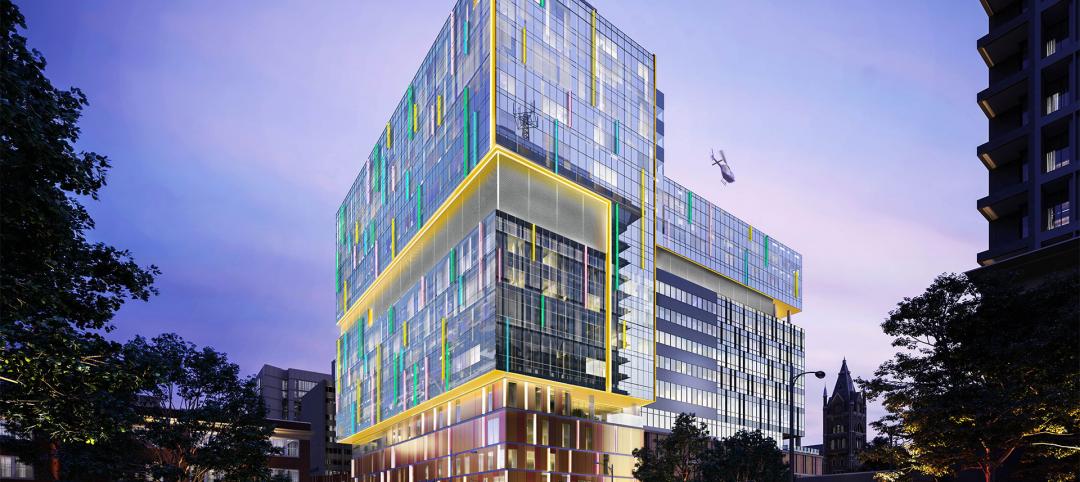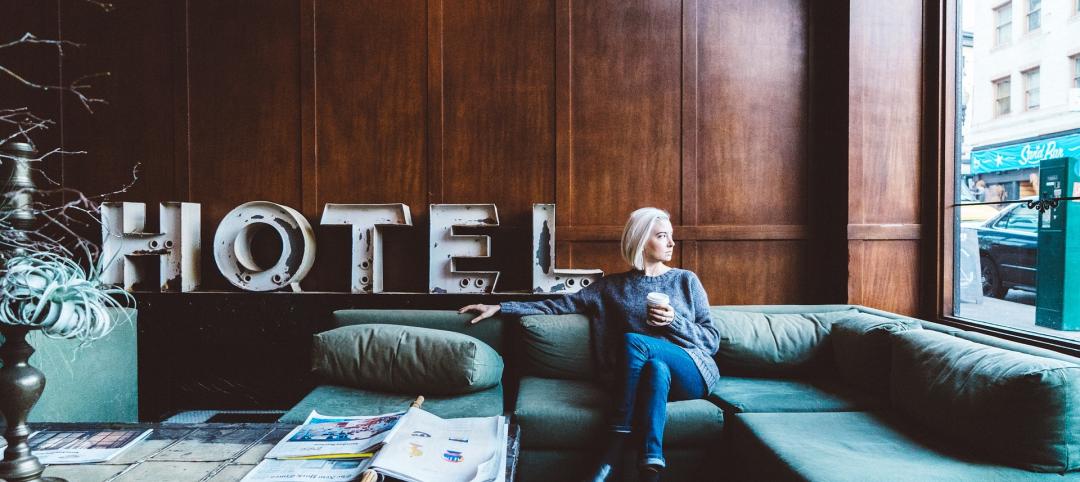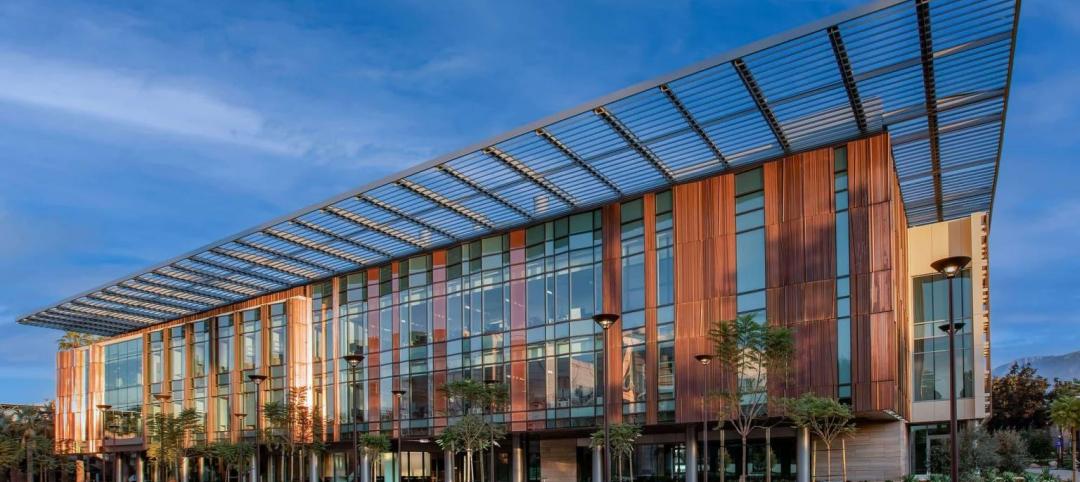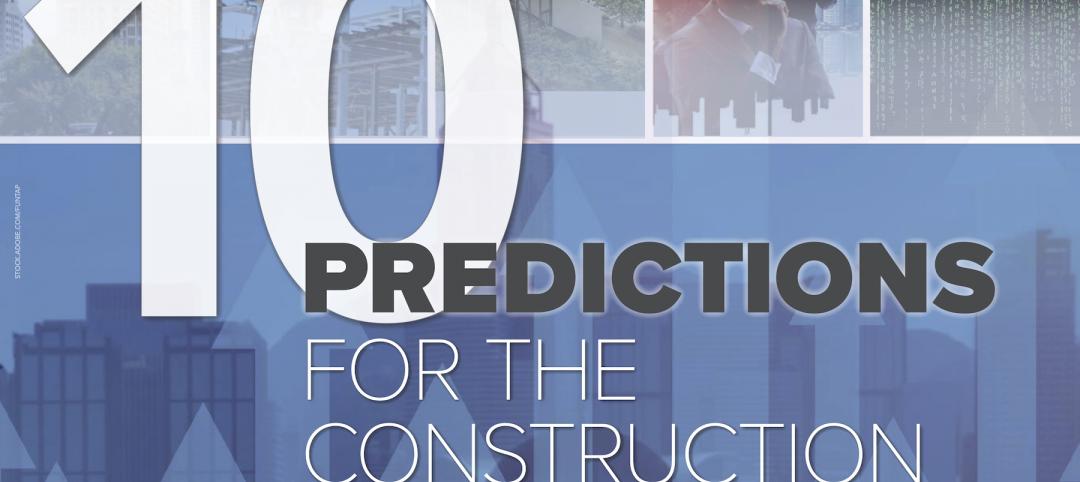|
Washington, D.C. — With millions of sports fans visiting LEED-certified green sports venues every year, the U.S. Green Building Council (USGBC) is proud to announce a collaboration with the Green Sports Alliance, a prominent nonprofit organization supporting the development and promotion of green building initiatives in professional and collegiate sports.
USGBC will support the Alliance to accelerate the green sports movement by exploring LEED certification of sports stadiums across the country. Currently, 25 professional sports venues are LEED-certified, including Nationals Park, American Airlines Arena and Soldier Field to name a few. The partnership will also explore additional engagement opportunities such as USGBC’s Green Apple Day of Service, a day for people across the globe to participate in green school service projects. “Sports fans stepping into LEED-certified arenas, stadiums, ballparks and more experience the benefits of green building firsthand with water conservation, energy efficiency and responsible waste management,” said Rhiannon Jacobsen, director of strategic accounts, USGBC. “It was a natural fit for USGBC to partner with the Green Sports Alliance, which is dedicated to making professional sports healthier and more sustainable.” “The Green Sports Alliance consists of over 180 professional and collegiate sports teams and venues, all looking to enhance their operations and environmental performance,” said Martin Tull, executive director, Green Sports Alliance. “Partnering with the USGBC will help us provide valuable resources and guidance to our members as they work to employ and promote green building initiatives at their respective venues.” USGBC and the Alliance have jointly developed a toolkit focused on advancing green schools through sports, which encourages sports organizations to engage their communities in environmental stewardship through local projects. The Alliance highlights USGBC initiatives at professional and collegiate sports venues through member resources including webinars, toolkits, best practice sharing and social media events. USGBC first collaborated with the Alliance last August when the Seattle Mariners, Seahawks, Sounders and Storm collaborated on a school garden project for the inaugural Green Apple Day of Service. 2013 Green Apple Day of Service projects are currently being planned by sports teams in cities such as San Francisco, Kansas City, Seattle and Philadelphia, host of USGBC’s 2013Greenbuild Conference and Expo in November, where the Alliance will have a presence in the Center for Green Schools booth. To continue engaging the sports industry around its programs, USGBC will be joining the Green Sports Alliance at the 2013 Green Sports Alliance Summit in NYC, August 26-28. ###
|
About the U.S. Green Building CouncilThe U.S. Green Building Council (USGBC) is committed to a prosperous and sustainable future through cost-efficient and energy-saving green buildings. USGBC works toward its mission of market transformation through its LEED green building program, robust educational offerings, a nationwide network of chapters and affiliates, the annual Greenbuild International Conference & Expo, the Center for Green Schools, and advocacy in support of public policy that encourages and enables green buildings and communities. For more information, visit www.usgbc.org. |
About LEEDAs the most widely recognized and widely used green building program across the globe, LEED is transforming buildings, homes and communities in all 50 states and 135 countries. LEED guides the design, construction, operations and maintenance of more than 50,000 projects worldwide, comprising 9.8 billion square feet of commercial and institutional construction space, and more than 134,000 additional residential units. By using less energy, LEED-certified spaces save money for families, businesses and taxpayers; reduce carbon emissions; and contribute to a healthier environment for residents, workers and the larger community. Learn more at usgbc.org/leed. |
Related Stories
Sponsored | BD+C University Course | Jan 12, 2022
Total steel project performance
This instructor-led video course discusses actual project scenarios where collaborative steel joist and deck design have reduced total-project costs. In an era when incomplete structural drawings are a growing concern for our industry, the course reveals hidden costs and risks that can be avoided.
University Buildings | Jan 11, 2022
Designing for health sciences education: supporting student well-being
While student and faculty health and well-being should be a top priority in all spaces within educational facilities, this article will highlight some key considerations.
Green | Jan 10, 2022
The future of regenerative building is performance-based
Why measuring performance results is so critical, but also easier said than done.
Urban Planning | Dec 15, 2021
EV is the bridge to transit’s AV revolution—and now is the time to start building it
Thinking holistically about a technology-enabled customer experience will make transit a mode of choice for more people.
Healthcare Facilities | Dec 15, 2021
COVID-19 has altered the speed and design of healthcare projects, perhaps irrevocably
Healthcare clients want their projects up and running quicker, a task made more complicated by the shortage of skilled labor in many markets.
Giants 400 | Dec 3, 2021
2021 Hotel Sector Giants: Top architecture, engineering, and construction firms in the U.S. hospitality sector
Gensler, Jacobs, Suffolk Construction, and WATG top BD+C's rankings of the nation's largest hotel sector architecture, engineering, and construction firms, as reported in the 2021 Giants 400 Report.
2021 Building Team Awards | Nov 17, 2021
Caltech's new neuroscience building unites scientists, engineers to master the human brain
The Tianqiao and Chrissy Chen Institute for Neuroscience at the California Institute of Technology in Pasadena wins a Gold Award in BD+C's 2021 Building Team Awards.
Architects | Nov 9, 2021
Download BD+C’s 2021 Design Innovation Report
AEC and development firms share where new ideas come from, and what makes them click.
Architects | Nov 9, 2021
Download BD+C’s 10 Predictions for the Construction Industry in 2022
Our prognostications focus on how AEC firms will streamline and modernize their projects and operations.
Contractors | Nov 4, 2021
Coping with labor and material shortages in construction
Learn how New York-based Denham Wolf Real Estate Services is helping its nonprofit builder clients minimize delays and cost overruns from labor and materials shortages. Ron Innocent, Director of Project Management with Denham Wolf Real Estate Services sits down with BD+C's John Caulfield.

















